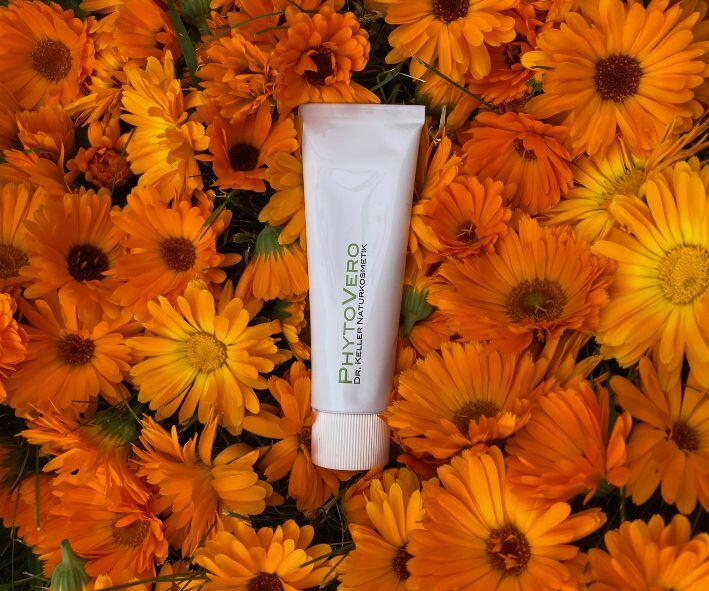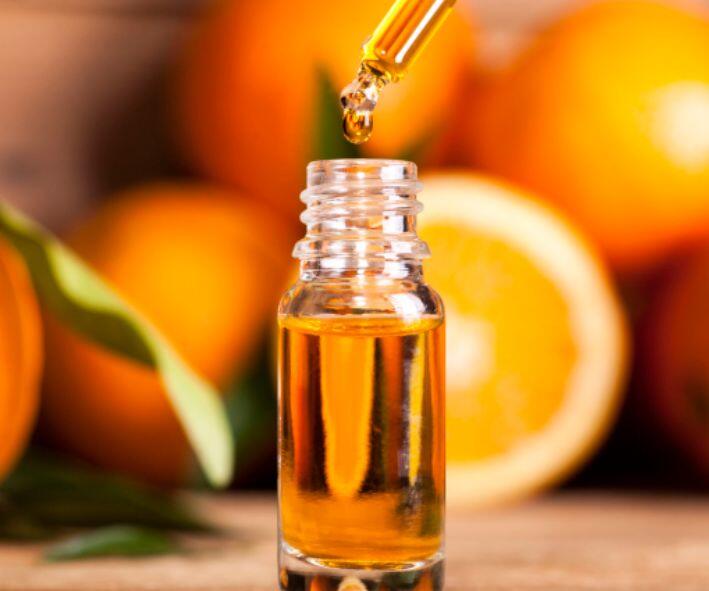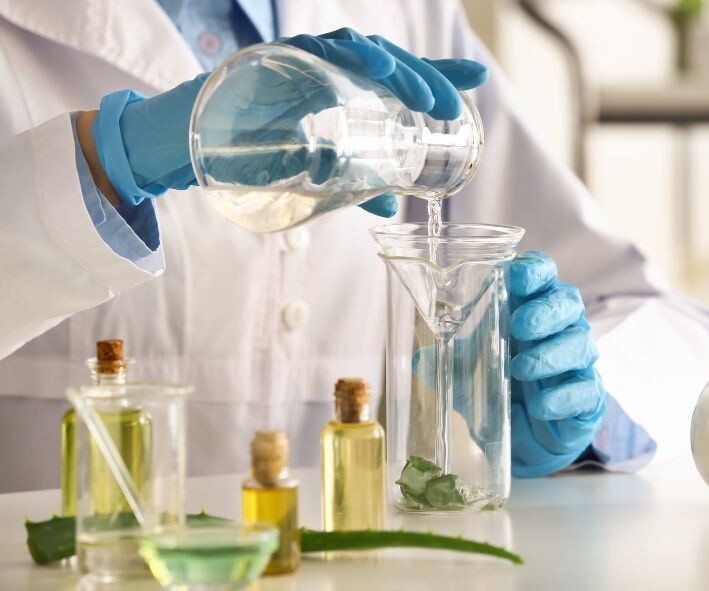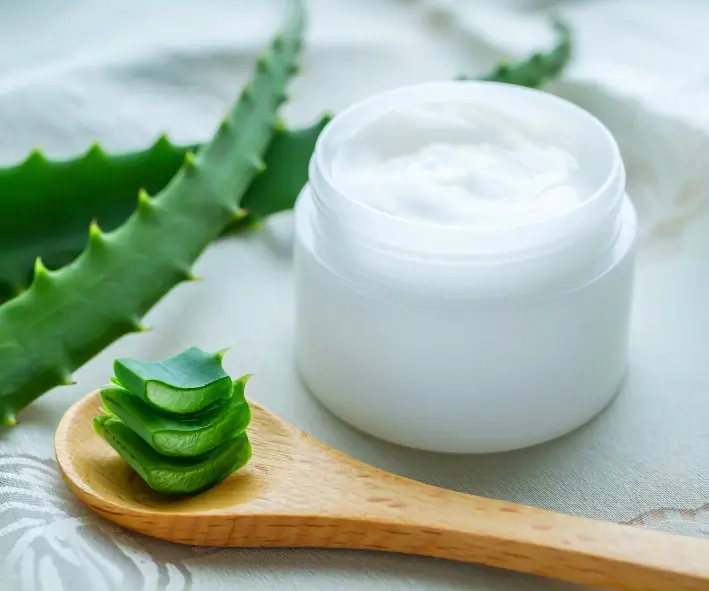
scroll down
Bio Naturkosmetik
in nature we trust.


scroll down
PhytoVero erforscht, entwickelt und produziert Naturkosmetik-Produkte, welche höchsten Anforderungen an Nachhaltigkeit in sozialer und ökologischer Hinsicht gerecht werden.
PhytoVero bietet neben der Eigenentwicklung und Herstellung der PhytoVero Kosmetiklinie, umfassende Dienstleistungen im Bereich ‘private label’ und ‘contract manufacturing’ an.
Als Lohnherstellerin von Naturkosmetik in der Schweiz arbeiten wir nach cGMP und ISO22716.

Philosophie
Unsere Grundsätze. →

Shop
Unsere Produkte. →

Rohstoffe
Unsere Leidenschaft. →

Sensible Haut
Wissen für dich. →

Forschung und Entwicklung
Wirksame Naturkosmetik. →

Produktion
Auftragsproduktionen. →

Private Label
Deine Visionen mit uns. →

White Label
Unsere Produkte mit dir →
100% zertifiziert BIO
Wir verwenden 100% aller pflanzlichen Rohstoffe aus biologischem, nachhaltigem Anbau oder aus Wildsammlung.
frei von Konservierungsstoffen
Zur Stabilisierung unserer Produkte verwenden wir ausschliesslich natürliche Stoffe.
frei von...
Unseren Rezepturen sind frei von Mineralölen, Paraffinen, Mikroplastik, Silikonölen, Aluminiumsalzen, synthetischen Farb- und Duftstoffen und Parabenen.
swissmade
Wir entwickeln und produzieren zu 100% in Bern im Herzen der Schweiz.
ISO 22716 und cGMO
Wir arbeiten gemäss der internationalen Norm ISO 22716 und nach den Richtlinien von cGMO.
Von deiner Vision bis zum verkaufsfertigen Produkt
Zukunftsgerichtete und nachhaltige Visionen begleiten wir mit unserem Knowhow von A bis Z. Wir kennen die weltweiten Complianceregulierungen und sind deine professionelle Begleitung bei jedem Schritt während der Umsetzung deiner Ideen.
